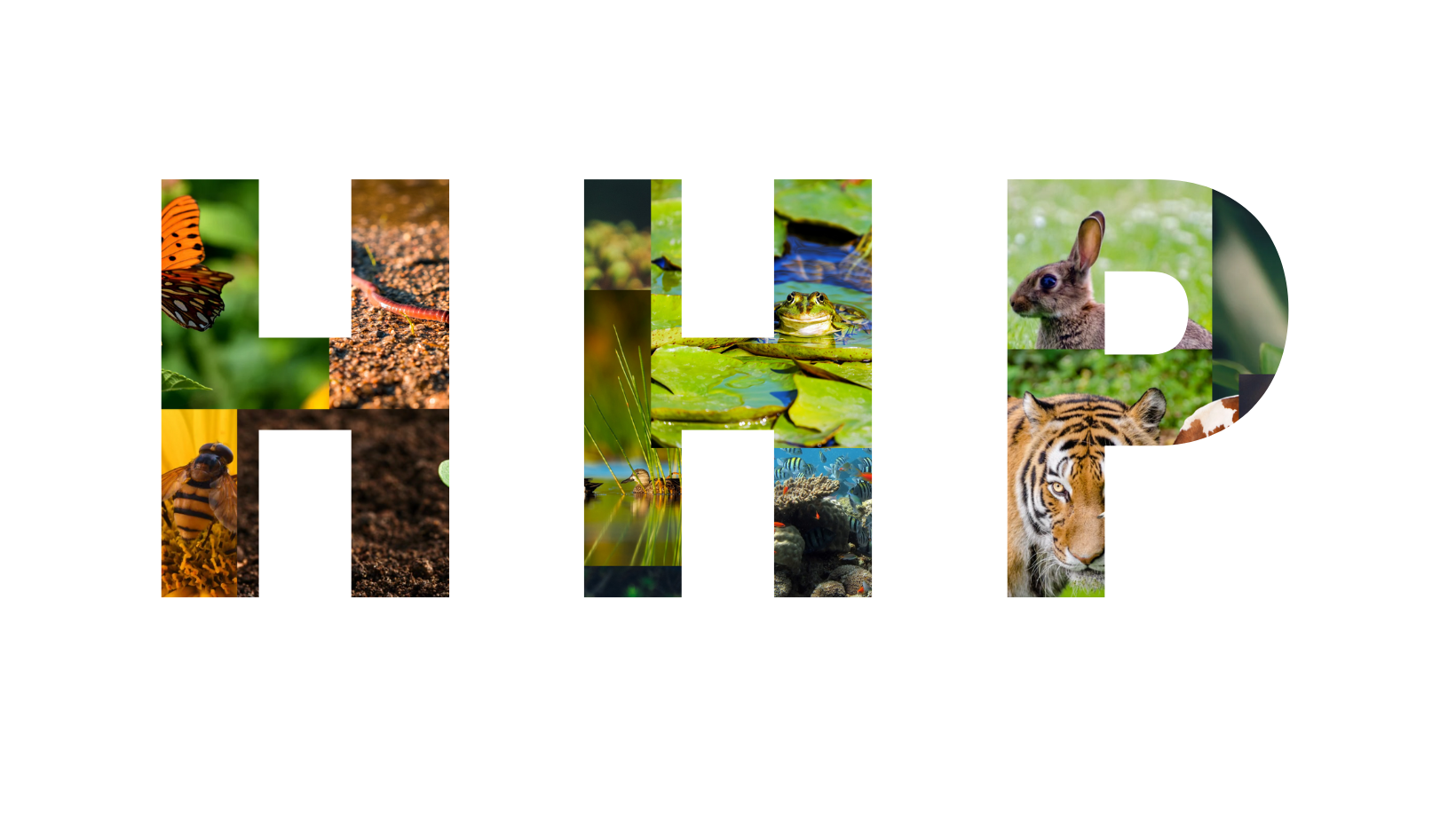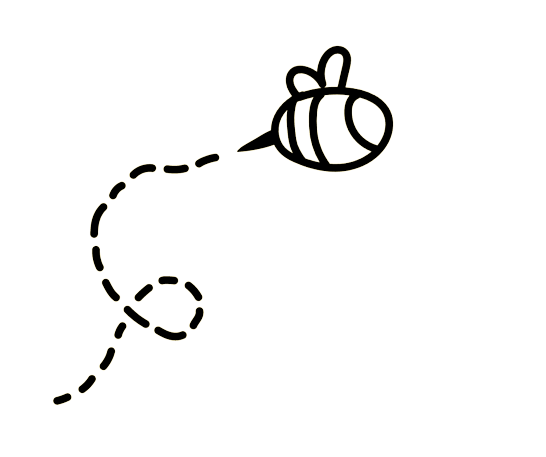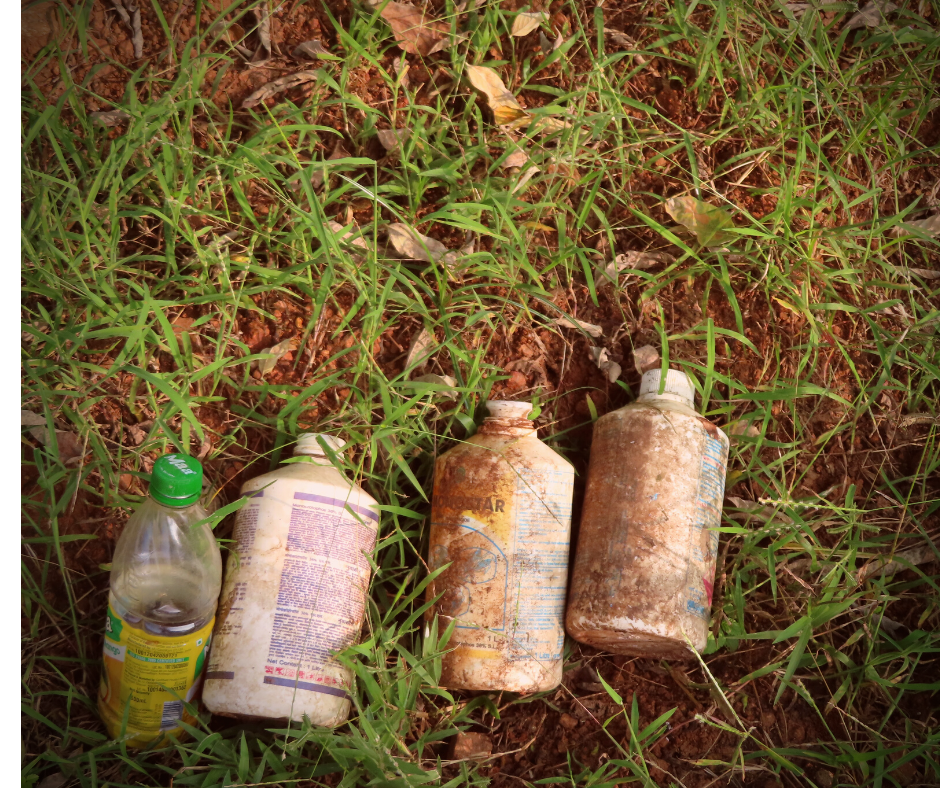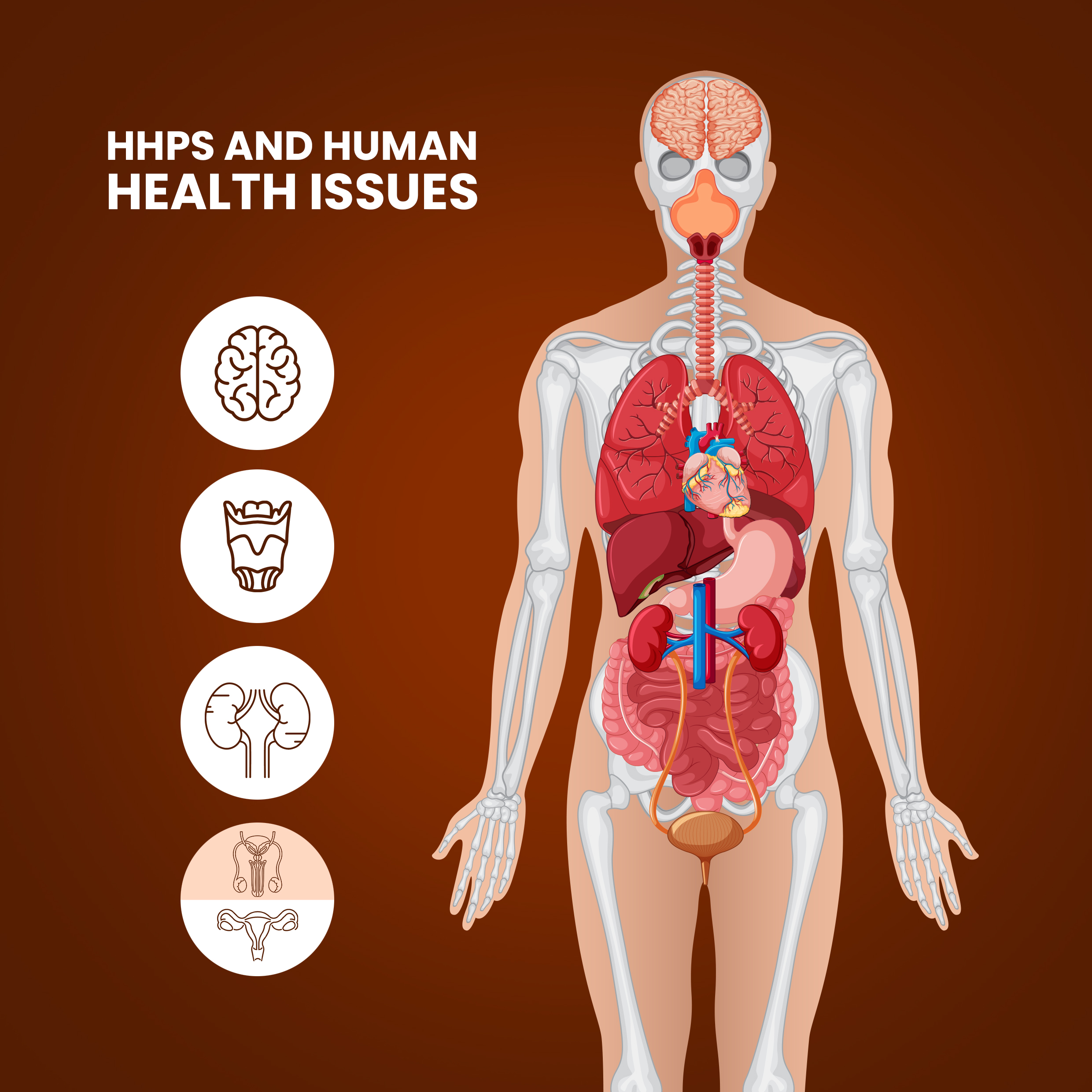
Over the last 100 years, agricultural expansion and intensification have led to alterations in food trophic levels and the well-being of biological systems. A significant increase in the chemical and pesticide usage started in the early 20th century has caused drastic changes in the dynamics of ecosystems. Nowadays, more than 400 pest varieties have developed pest resistance against these pesticides. These pesticides also pose significant human health risks and environmental hazards, where they cause acute and chronic health effects, such as carcinogenicity, reproductive and developmental toxicity, neurotoxicity, and endocrine disruption. Fertilizers and pesticides draining into streams have induced algal blooms and changed water health and reduced its functional activity. Moreover, pesticide residues in food and drinking water can lead to long term exposure and health risks. At the crux of these issues, it is the time to shift our attention to a major class of pesticides we use in our day to day life, that are highly toxic than other pesticides and are beyond the safety of common risk measures, known as Highly Hazardous Pesticides or HHPs.
PP
Highly Hazardous Pesticides or HHPs as defined by the WHO-FAO JMPM meeting in 2013 states that, ‘Pesticides that are acknowledged to present particularly high levels of acute or chronic hazards to health or environment according to internationally accepted classification systems such as the World Health Organization (WHO) or the Globally Harmonized System of Classification and Labelling of Chemicals (GHS) or their listing in relevant binding international agreements or conventions and in addition, pesticides that appear to cause severe or irreversible harm to health or the environment under conditions of use in a country may be considered to be and treated as highly hazardous’. This includes a large section of pesticides in today’s world. A large proportion our day to day chemicals and pesticides, ironically, belongs to this category. In India, 120 out of the 318 pesticides registered belongs to this group. This figure is similar to other developing countries. These HHPs cause severe and irreversible harm to human health, the environment, and the sustainability of agriculture. These pesticides are not segregated from other pesticides in India, and our farmers are making those calls without much background knowledge of these pesticides. Without a full knowledge of history, we are bound to repeat the mistakes of poisoning tragedies, which we witnessed in the past.
DID YOU KNOW THESE FACTS ?

Fact #1
Studies states that less than 0.1% of pesticide reach the target pest and the remaining can persist in the environment for years, affecting not only the target pests but also non-target organisms, such as beneficial insects, wildlife, and aquatic organisms. Its prolonged use can also alter soil biodiversity and nutrient cycling, leading to soil degradation and reduced land productivity. Evidence has pointed out that a large share of HHPs contributes to ecotoxicity and damage biodiversity considerably. They affect soil fertility and microbiomes in soil.
Fact #2
Statistics shows that, at the global level, total pesticide use in agriculture remained stable in 2020 at 2.7 million tonnes. The worldwide application of pesticide per area of cropland was 1.8 kg/ha and total pesticide trade reached approximately 7.2 MT equivalent to USD 41.1 billion (FAOSTAT, 2020). While we don’t know how much of that is Highly hazardous Pesticides or HHPs, it’s inevitably a huge amount. These pesticides are considered too dangerous for common risk measures, such as labelling and wearing Personal Protective Equipment (SAICM, 2022) and henceforth a deep understanding of handling these HHPs is particularly needed among the farmers.


Fact #3
The potential for multiple pesticide interactions affecting bee health is highly likely. Bees are responsible for the pollination of 71% of the common crop around the world. However, bee populations have been dwindling due to pesticide use. Pesticides can act through direct spray contact, residue contact or through contaminated nesting materials. Bees can ingest the residues found in pollen and nectar of plants or drink pesticide- applied water. A single droplet of insecticide may kill a bee and can cause colony disruption.
52 HHPs registered in India are found to be toxic to bees. Bees are mostly affected by neonicotinoid class of pesticides. Neonicotinoids like Imidacloprid and Thiamethoxam, that are coated with seeds or sprayed on soil, can cross tissues of plants and show up in nectar and pollen, taken up by bees. They are more toxic to central nervous system of bees causing leg tremors, rapid wing motion, disoriented movement, paralysis and death. Organophosphates, Neonicotinoids and pyrethroids HHPs are studied to affect locomotor grooming, odour learning and disrupt cholinergic neurotransmission in bees. They may even affect fertility in bees.
EXPLORE MORE TOPICS

Status of HHPs in India
ff
In India, HHPs are not exclusively regulated. Currently, 120 HHPs with several negative health effects, ecotoxicity, and environmental pollution are approved for use in India. Despite making up the largest group of pesticides registered in India, little is known about them and they rarely receive sufficient attention. Considering the fact that their residues continue to appear in food, water, and other everyday products, not much thought is paid to them. The statistical information for HHPs is not categorised out or treated separately either. They are nevertheless some of the most widely used and produced pesticides in India. A sizable portion of them is also prohibited/banned abroad.
HHPs and Human Health Issues
dnmh
Over the past few years, pesticides have contributed to an array of diseases and anomalies in humans. The majority of these pesticides can enter the body through any mode of transmission and can cause minor rashes to chronic conditions that affect multiple generations. They have the ability to interact with other biologically active molecules, enter the bloodstream and lymphatic system, lodge in organs, mimic hormones, and even cause mutations. Long-term pesticide exposure multiplies risk and raises the possibility of dealing with several diseases and system malfunctions. The use of PPE is not adequate to counteract the ailments caused by HHPs.


HHPs and Women Health
ss
The usage of HHP is more dangerous for women. Despite making up the majority of the labour in agriculture in rural areas of the world, they receive inadequate treatment. Because of hormone sensitivity and social standing, women are at a disadvantage. Pesticides are more readily absorbed via the skin in women, and they can accumulate in adipose tissues and even breast milk. Women experience reproductive problems in addition to the effects of a terrible childbirth. Women are treated substandard and are hesitant to speak out about their ailments because of the social stigma, hence their studies are poorly documented.
Photo credit: PAN India & Anju Babu, Thanal,
Image and design by: PAN India & Jino V Babu, Thanal
.
